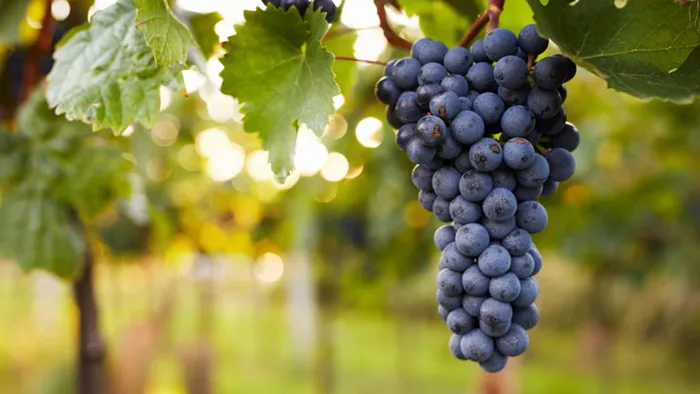Grapes, revered for their versatility in winemaking, culinary arts, and cultural symbolism, have been cultivated for millennia across diverse climates and regions. The success of grape transplantation, a critical stage in vineyard management, hinges significantly on timing and environmental factors. This article delves into the historical practices and modern agricultural insights to determine the best day of the month for transplanting grapes, considering both traditional wisdom and contemporary scientific understanding.
Historical Context of Grape Cultivation
The cultivation of grapes dates back to ancient times, with civilizations like the Egyptians, Greeks, and Romans documenting their agricultural practices and reverence for the vine. These early grape growers relied on empirical knowledge passed down through generations, often tied to lunar and seasonal cycles.
Factors Influencing Transplantation Timing
Transplanting grapevines involves uprooting established plants and repositioning them in new soil or locations. Several factors influence the timing of this agricultural practice:
Seasonal Considerations: Grapevines are typically transplanted during the dormant season to minimize stress and maximize root establishment before the growing season begins.
Weather Patterns: Ideal transplanting conditions include mild temperatures, adequate soil moisture, and minimal risk of frost or extreme heat.
Lunar Cycles: Some agricultural traditions suggest that lunar phases can influence plant growth and vigor, impacting decisions on transplanting timing.
Modern Agricultural Practices
Advancements in agricultural science and technology have refined grape cultivation techniques, offering insights into optimal transplanting practices based on empirical research and data-driven approaches.
Understanding Grape Growth Cycles
Grapevines progress through distinct growth stages, from dormancy in winter to bud break, flowering, fruit set, ripening, and dormancy again. Each stage requires specific environmental conditions and management practices to ensure optimal vine health and grape quality.
Best Practices for Grape Transplantation
Timing within the Dormant Season: The dormant season, typically winter in temperate climates, is the preferred time for grape transplantation. This period allows roots to establish without competing demands from foliar growth.
Avoiding Extreme Weather Events: Transplanting should be scheduled to avoid periods of extreme cold or heat, which can stress the vines and hamper root establishment.
Soil Preparation and Planting Techniques: Proper soil preparation, including soil testing and amendments if necessary, ensures optimal nutrient availability and drainage for newly transplanted grapevines.
Environmental Factors and Microclimates
Local environmental conditions, such as altitude, slope orientation, and proximity to bodies of water, can influence microclimates within vineyards. Understanding these factors helps growers tailor transplanting schedules to specific site conditions.
Role of Lunar Phases in Agriculture
While empirical evidence on lunar phases’ direct impact on grape transplant success is limited, some agricultural traditions advocate for transplanting during specific lunar phases for favorable results.
Case Studies and Regional Variations
European Practices: Vineyard traditions in wine-producing regions of Europe often align transplanting with local climate patterns and historical practices.
New World Innovations: Winemakers in regions like California, Australia, and South America adapt transplanting practices to suit local climates and grape varieties.
Climate Change and Adaptation Strategies
Global climate change poses challenges and opportunities for grape cultivation. Growers are increasingly adopting adaptive strategies, including altered transplanting schedules, to mitigate risks associated with shifting weather patterns.
See also: Which Month Has The Longest Day Of The Year?
Conclusion
Determining the best day of the month for transplanting grapes integrates historical practices with contemporary agricultural science. While traditional wisdom provides insights into lunar influences and seasonal rhythms, modern techniques offer empirical data to optimize grapevine health and productivity. As viticulture continues to evolve, informed decisions on transplanting timing contribute to sustainable vineyard management and the preservation of grape cultivation traditions worldwide.

